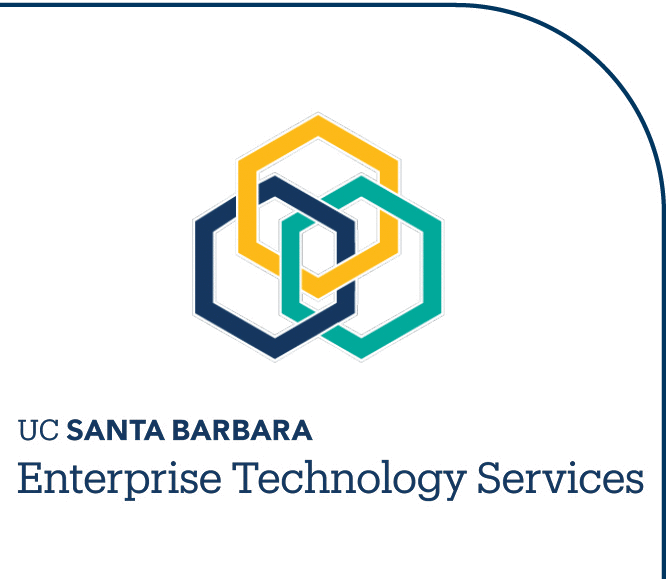The following is text extracted from a Microsoft PowerPoint presentation
made by GTE California representatives to the members of the UCSB Telephone
Advisory Committee on November 17, 1995. The topic of the presentation was a
comparison between Centrex telephone service and a campus-owned PBX (Private
Branch eXchange) telephone switch.
Centrex Defined
Centrex service is a standards based business telephone service offered by
the local telephone company from a local central switching office.
Basic Voice Features & Capabilities
- Call Forwarding (8 varieties)
- Key System Emulation
- Call Hold
- Call Pick-Up
- Call Park
- Call Waiting
- Voice Mail
- Automatic Callback
- Automatic Recall
- Call Transfer
- Conference Calling
- Music on Hold
- Speed Calling
- Intercom
- Message Light
Brief History of Centrex
Late '50s to Early '70s
Centrex seen as a workable solution for multi-location organizations such as
local government. PBXs provided basic telephone service in such industries such
as aerospace, healthcare, and hotel/motel.
Early '70s to 1984
Electronic PBXs were developed, which introduced many large users to an
array of features and capabilities never seen before. Centrex could not compete
in price or capability, Centrex was presumed dead.
1984 to 1992
PBXs continued their dominance in the market with advances in their features
and capabilities. Divestiture gave Centrex a shot in the arm which sparked the
development of features and capabilities on par with PBXs. Centrex experienced
a growth rate of 3% annually during this period. Competition and the digital
upgrade of telephone switching offices are largely credited with this
resurgence.
1992 to 1995
PBXs
- Technology Changes
- Expensive Upgrades
- Companies Placing More Focus on Core Business
- Market Expansion Only 5% (Source: Data Pro Information Services)
Centrex
- Continued Development of Capabilities
- ISDN
- Companies Establishing Virtual Workforces
- Companies Shift Toward Outsource
- Market Expansion by 11% (Source: Data Pro Information Services)
1995 and Beyond
- Continued Rapid Technology Growth
- Proliferation of the Virtual Workforce
- Desktop Integration of Voice, Data, and Video
- Small Data Users will be Integrated, While Large Data Users will Maintain
Separate Networks for Sometime
Investment
Centre:
Minimal capital outlay is required since a large portion of the costs lie in
the equipment. Maintenance is covered automatically for as long as you
subscribe to Centrex.
PBX
A very large capital investment is required to purchase a PBX. Usually the
first year maintenance is included, after that contracts must be negotiated for
the life of the PBX.
Strengths & Weaknesses
Centrex Weakness
- Feature offerings are sometimes limited and governed by state regulators.
- Management of system may be delayed due to batch processing.
- Depth of system management may be restricted.
- Features are incremental costs for packages or individual features.
- Costs are monthly recurring for the life of the system.
PBX Strength
- Feature offerings are very in-depth.
- Deployment of features is at will.
- Management of system is immediate on an as needed basis.
- Depth of system management is totally unrestricted to a level of minuet
system parameters, total control.
- Most features are paid for initially at once, one time.
- Major equipment costs are incurred up front, once.
Centrex Strength
- Telephone options are numerous and standards based, from basic to digital.
- Existing analog instruments can be retained.
- Maintenance is covered 24 hours a day with no extra charge for system
life.
- System upgrades and expansion is automatic with no extra charge.
- Phone companies are fully prepared for disasters and switch failures with
standby emergency equipment.
- Reduces an organization's involvement in the telephone business.
PBX Weakness
- Proprietary telephone sets are often deployed and selection limited.
Analog provisioning is typically more expensive and avoided.
- One year warranty is typical. Contracts must be negotiated for the PBX
life.
- System upgrades and expansion require capital outlay when needed.
- It is very expensive to provide the same level of preparedness.
Organizations often wait for repairs when problems occur.
- Expensive additional resources are required to manage the phone system.
PTV

